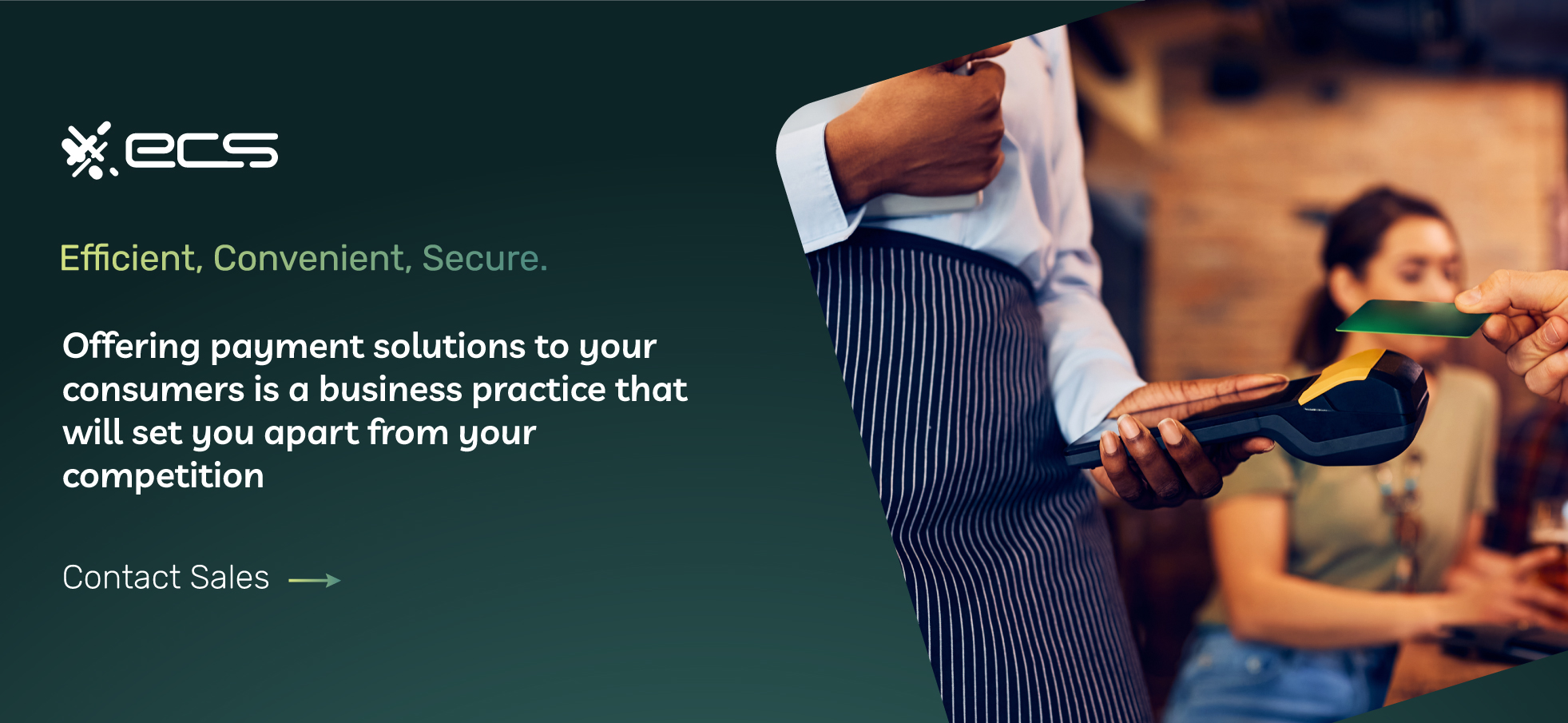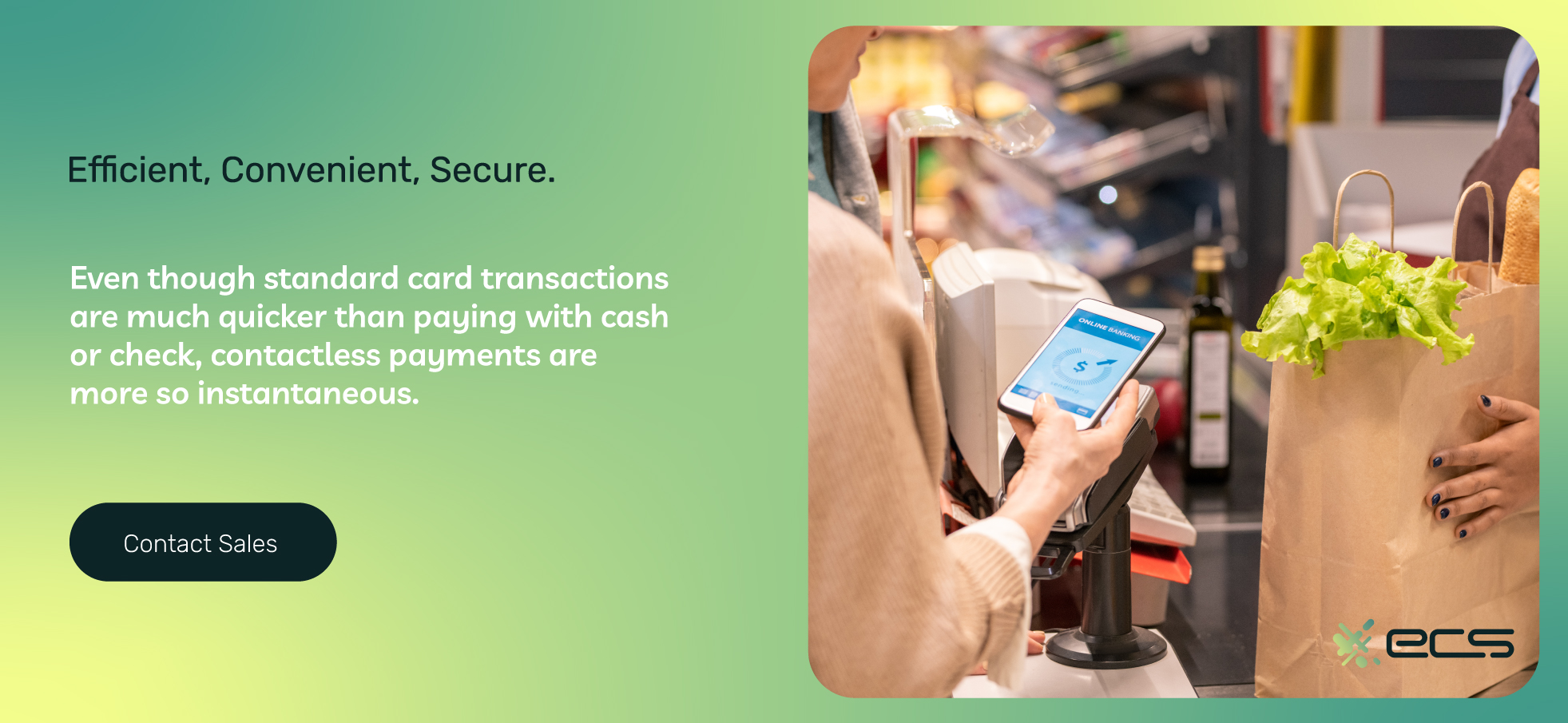Although contactless payment technology has been around for years, it wasn’t until the eruption of the Covid-19 pandemic, that 80% of consumers began to utilize this available technology and contactless payments skyrocketed to an all-time high.
Between March 2019 and June 2020, the United States’ usage of contactless payments increased by 150%. With social distancing, safety, and health as the main topic of global concern, Covid-19 became the driver of contactless payment adoption.
The History of Contactless Payment Adoption
Contactless payment adoption had a slow start from its initial introduction, and then a rapid boost when 2020 rolled around. As early as 1995, the first contactless cards were generated in Seoul, South Korea for public transit.
In 2004, the United States began to accept contactless cards, however, it wasn’t until 2008 that the main card networks like American Express, Visa, Discover, and Mastercard began to offer them. In 2011, Android and Google beat Apple to the punch with their announcement of mobile wallets, and Apple later followed suit in 2014.
A year later, in 2015, the United States implemented EMV technology which prompted the adaptation of NFC-capable terminals for thousands of merchants worldwide. In the five years between 2015 and 2020, the usage of contactless payments had a steady increase, however, it reached its peak in 2020 during the global pandemic.
What Are Contactless Payments
The adoption of contactless payments is the new era of consumer transaction trends. Consumers can make a payment with a credit or debit card via their mobile wallet with smartphone applications like Apple Pay, Google Pay, or Samsung Pay, or the NFC chip embedded into their physical card without the need to swipe, dip, or key in their information. Using NFC-enabled cards, mobile wallets, and QR codes encompasses a world of digital payment technology that will continue to develop.
Contactless cards and mobile wallets use radio frequency identification (RFID) technology which emits radio waves from one equipped device to the other at a short-range distance. Card terminals and contactless cards must be equipped with near-field communication (NFC) capabilities to utilize RFID technology.
NFC capability can be recognized with an icon that looks similar to a Wi-Fi symbol. A contactless card or the smartphone mobile wallet must be hovered over the NFC-enabled terminal to complete a purchase.
Adopting Contactless Payment Solutions Since the Surge of Covid-19 Pandemonium
Amidst the state of the current global health environment, alongside the implementation of social distancing, lockdowns, and limited personal exposure ensuing to attempt to limit the spread of the Covid-19 virus, touch-free payment, and socially distanced shopping experiences are the new norm and highly sought after. Many merchants do not even accept cash and require card-only transactions, and heavily encourage contactless payment. Although contactless payments existed previously, the COVID-19 pandemic is the key accelerator to the masses adopting such transaction types.
In 2019, only 30% of payments were contactless. According to Mastercard, after the widespread awareness of Covid-19 in the first quarter of 2020, global contactless transactions increased by 40%. Furthermore, nearly 80% of all global consumers are using contactless payments to increase cleanliness and safety during their purchases.
Contactless Payment Deployment
With nearly 90% of business markets adopting contactless solutions, card brands and issuing banks had to make haste in their contactless deployment. Contactless deployment can occur in various stages. There are 3 unique ways card issuers can use to deploy contactless cards.
Issuing banks can use a progressive approach, where cards would be enabled with NFC chips at the time of the card’s renewal date. This type of process can span between two to five years, depending on a card’s expiration date.
Another contactless deployment route would be to do it all at once. This would mean simultaneously converting an issuing bank’s entire cardholder portfolio to contactless, and sending new cards to all its account holders in one go.
Lastly, issuing banks can target who and when to launch contactless cards in segments by priority, whether based on spending history, account history, or priority customers.
Contactless Payment Solutions for Merchants
Payment habits such as the demand for contactless payment options that evolved during the wake of Covid-19 are here to stay. Each generation is showing an increased interest in adapting to contactless technology.
The Baby Boomer generation has increased from 45% of contactless payment usage before the pandemic to 55% adoption today. According to a study by Visa, if given the option, 63% of consumers stated they would choose a business offering contactless payment options over one that did not. Mastercard’s global study indicated that over 50% of Generation Z and Millenials admitted they would try to avoid shops that did not have the option of contactless payment at checkout.
With the prevalence of consumers now accustomed to the ease, safety, and convenience of contactless payments for consumer options, merchants are now being forced into adopting payment processing solutions for contactless options. For merchants who are reluctant to upgrade to credit card processing terminals with NFC capabilities, they will fall behind in the food chain against their market competitors who are advancing with the latest technology and available solutions.


Benefits of Contactless Payments
Over the course of recent years, consumers have discovered the benefits of contactless payments. Despite health and safety concerns being the primary drivers of 2020’s rapid shift, contactless payments had already gained widespread favor due to three simple factors: convenience, speed, and security.
Health and Safety
With a heightened awareness and the main topic of today’s news being the spread of communicable diseases, keeping a distance at checkout and touch-free spending is the trending experience consumers are looking for. Because contactless payments are just that, contactless, there is no exchange between parties with handing the cashier your card, cash, or check. Point of sale is now more hygienic than ever and payments are getting done in the safest fashion available.
Convenient Payments
With the adoption of mobile wallets, your customers can visit your store and leave their physical wallets at home! If a business does not offer the option to pay with the cardholder’s “go-to” method, it may lose prospective clients.
Phones rarely leave our pockets, they are the modern world’s communication device, search engine, clock, camera, and most importantly wallet! It is crucial to offer your consumers transactional ease with more payment services. They get to choose how they would like to pay in a manner that is most convenient for them.
Mobile wallet adoption is ever-increasing in the most recent years and has no intent to stop. Offering payment solutions to your consumers is a business practice that will set you apart from your competition. If your competitor does not offer contactless payments, you will by default be creating repeat business and loyal customers.

Quick Check Out
Even though standard card transactions are much quicker than paying with cash or check, contactless payments are more so instantaneous. A dipped or swiped transaction takes around 3 seconds to transmit card data and receive the appropriate approved or declined response. A contactless payment or “tap-to-pay” transaction will take less than two seconds.
Rapid transaction times will not only please your customers at the point of sale but will also appease the line behind them. Long, slow-moving lines provide a customer the opportunity to re-think their purchase. They may debate if the price is right, if they genuinely need the item, or if their time is more valuable than waiting in line.
Customers forced to wait in slow-moving lines may choose to put some of their merchandise back or walk out of the store altogether. Ultimately, consumers may find another merchant location that has faster-moving lines for a more convenient checkout process.
With contactless payment solutions, you are ensuring your customers that their time is valuable. Contactless payments allow for less time spent at the register.
This generates brief wait times in lines and encourages your customers to visit more frequently. Convenient experiences offer customers more time in their busy day.
Added Security
Another added benefit to contactless payments is the additional security measures in place compared to traditional payment methods. With mobile wallets, full card numbers and personal information is never stored.
Furthermore, during a mobile payment transaction, card data is tokenized and a one-time code is generated for each transaction. The card information such as the verification code (CVV), address, and name are no longer transmitted, as they would be with magnetic stripe-based payments.

Contactless Payment Adoption Conclusion
The use of contactless payments eliminates the need for consumers to swipe, dip or key in their credit card information. This creates added convenience with transactional ease, reduced wait times in line, and simplified payments.
Most importantly, contactless payments are leading the way to pay in today’s society. With Covid-19 precautions at the forefront of consumer needs, contactless solutions are a must.
Showing your customers you care about their health, safety, and time is an appreciated business practice in today’s market. Customer experience is the driving factor to a successful and long-lasting business. Give your customers the best by making sure you are adopting contactless payment solutions.
To contact sales, click HERE. And to learn more about ECS Contactless Payments visit Contactless.
Updated on Jan 2024
